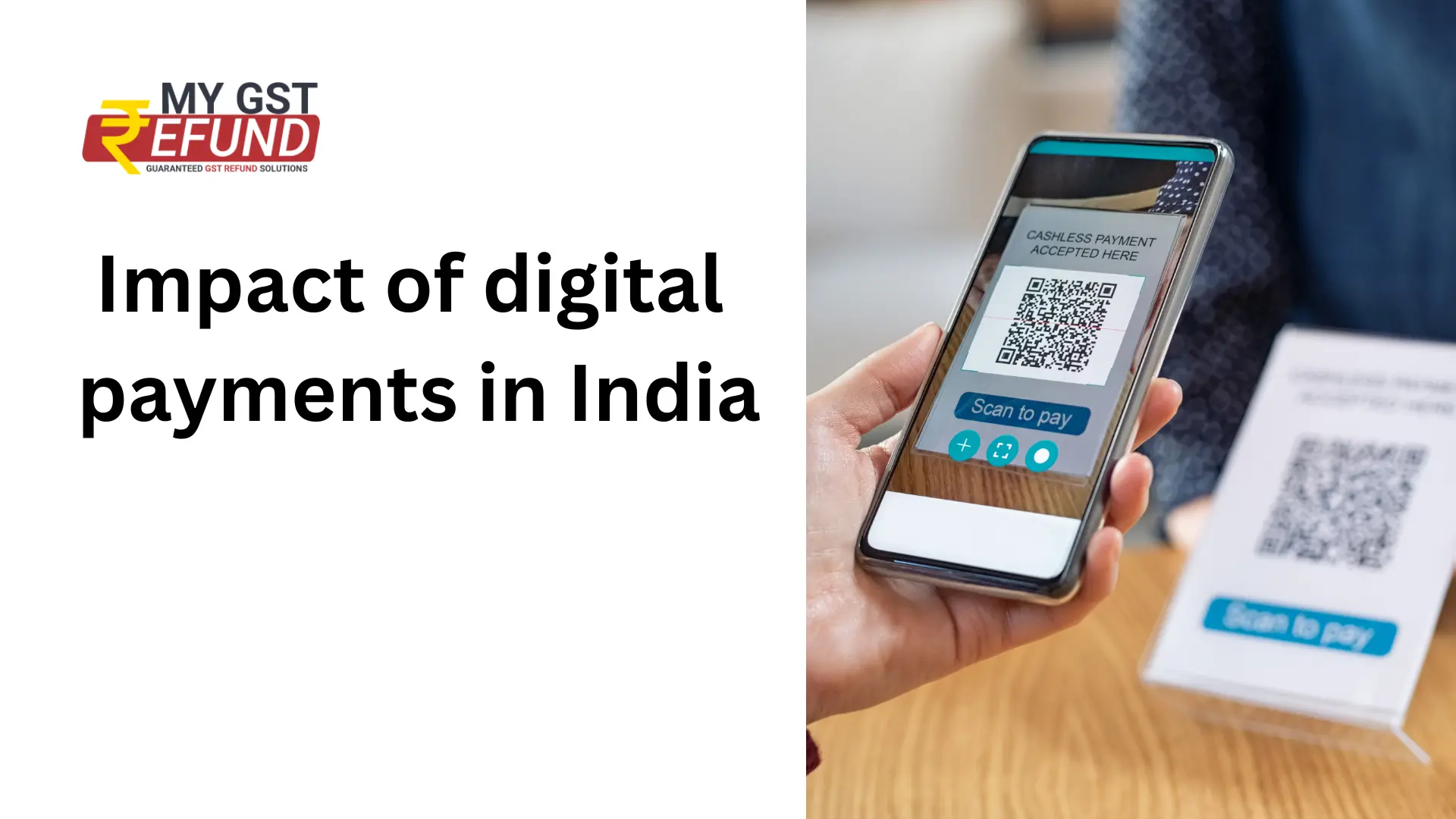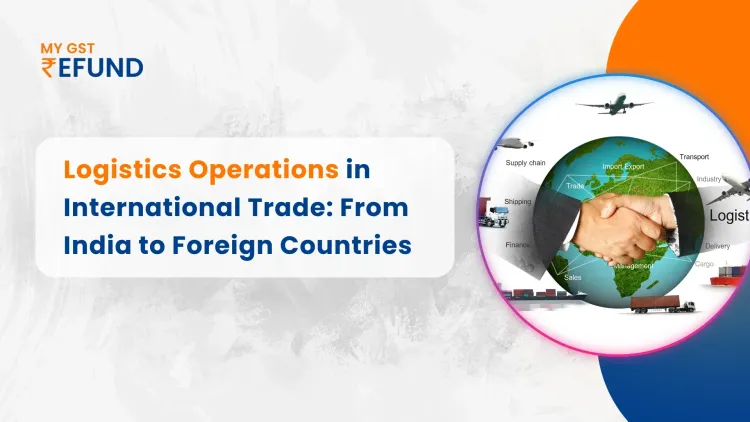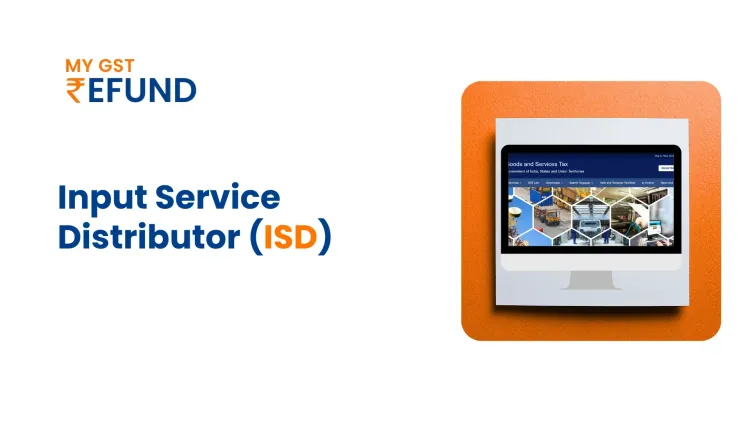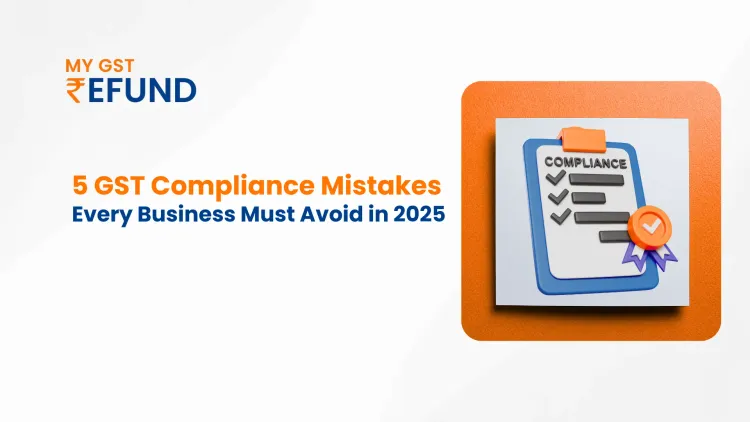Impact of digital payments in India
In today’s fast-moving tech world, digital payments have changed how we handle money. Forget cash – now it's all about digital payments, where money moves online. This involves using devices like phones or computers and cards like credit or debit cards. Digital payments work for both people and businesses, making financial transactions easier. But before getting started, you need a bank account and online banking. With a smartphone or smartwatch, you're ready to go. And to actually make the payment, you use a service like a bank or payment provider. Digital payments can happen online or in person. For example, you can use UPI to buy stuff online or even at local stores. There are many digital payment options, each with its own perks. UPI is the most popular, with transactions worth over $1 trillion. Other options include NEFT, AEPS, mobile wallets, and PoS terminals, each with its own purpose. In this age of convenience, digital payments are changing how we handle money. They're making transactions easier and more tech-driven.
What is Digital Payment ?
Digital payments happen when money is exchanged using electronic methods. Both the person paying and the one receiving the money use digital tools. The Indian government is promoting digital payments as part of the 'Digital India' campaign. They want to create an economy that relies less on physical documents and cash. Digital payments can occur online or in person. For instance, buying something online and paying with UPI counts as a digital payment. The same goes for paying with UPI at a local store.
How Does Digital Payment Work ?
Behind the easy process of clicking a few buttons lies a complex network of people who work together to make digital transactions smooth. This network includes the seller (who gets the payment), the buyer (who makes the payment), the bank, and the payment system. The term "seller" can refer to various businesses, from local shops to online platforms.
In transactions, two main banks play important roles:
1. The bank of the person making the payment: This bank takes the money from the buyer's account. It's where the financial journey begins.
2. The bank of the person receiving the payment: This is the seller's bank. It's where the received money goes, completing the transaction cycle.
Both the buyer and the seller need to have active bank accounts and access to online banking to take part in digital transactions.
Types of Digital Payment in India
Let’s check out the different ways you can pay digitally in India-
1. Payment links: These handy links make online payments super easy, even without a website or app. They ensure quick payments when you receive your goods.
2. QR codes: QR codes have made paying digitally in India a breeze. With your smartphone and internet connection, you can send and receive money effortlessly. Indian banks even offer personalised QR codes for mobile banking.
3. Banking cards: These cards are super convenient, safe, and often come with great deals. They make financial transactions easier with lots of features.
4. USSD: By dialing *99#, you can do mobile transactions without needing apps or data. This is promoted by USSD and the National Payments Corporation of India (NPCI), bringing banking to more people.
5. AEPS: Aadhar Enabled Payment System (AEPS) makes banking easier with features like balance checks and transfers, all backed by Aadhar verification. It’s quick, cardless, and efficient.
6. UPI: Unified Payments Interface (UPI) lets you transfer money seamlessly using virtual accounts, replacing traditional account numbers and codes.
7. Mobile wallets: These wallets keep your banking details safe and make payments secure. You can use them for shopping online, paying merchants, and transferring funds.
8. Bank prepaid cards: These cards aren’t linked to your bank account. They work like debit cards but come loaded with funds and offer various features.
9. ECS: ECS helps manage EMIs efficiently, ensuring timely payments. It’s part of NPCI’s NACH system, making financial transactions simpler.
10. PoS terminals: Originally for in-store payments, PoS terminals have adapted to digital platforms, expanding payment options.
11. Internet banking: Internet banking gives you access to various financial services anytime. It includes NEFT, IMPS, and RTGS, giving you freedom to transact.
12. Mobile banking: With smartphones, mobile banking is super convenient. Apps like UPI and other digital payment apps make transactions smooth.
13. BHIM app: The BHIM app lets you make fast transactions with a VPA. It connects your mobile number, debit card, and bank account, making it easy to send and receive money.
Advantages of Digital Payment
In the fast-paced world of money transactions, digital payments have changed the game, offering lots of perks that make life easier, safer, and more financially savvy. Let’s look at why India is embracing digital payments and how they're making life better-
1. Quick and easy transactions: No more paperwork or waiting in ATM lines. Digital payments happen fast, anytime, anywhere. It’s all about efficiency now, without the old hassles.
2. Better security: Digital payments are super secure with features like OTPs and cross-verification. You can trust that your money is safe in the digital world.
3. Handy digital wallets: Digital wallets are a hit in India because they make life simpler. They store all your banking info and cards, so you can pay easily. Everything you need is in one place.
4. Rewards and perks: Digital payments come with bonuses, cashback, and discounts. Every transaction is a chance to save or earn rewards, making the digital economy even more appealing.
5. Clear finances: Keeping track of spending is a breeze with digital payments. You can see all your transactions neatly organised, giving you a clear picture of your finances each week or month.
6. Easy tax payments: Digital platforms and big data are changing how taxes are paid. Now, businesses can settle their taxes online, saving time and effort.
7. Smarter economy: Digital payments aren’t just good for individuals; they also benefit the whole country. Governments can track money flows easily, making better decisions. Plus, going digital could save money on making physical currency, promoting responsible spending.
Growth of Digital Payments in India
Digital payments in India have been growing quickly in the past few years. A report from the Reserve Bank of India (RBI) shows that the total amount of digital payments went up from Rs. 2,070 billion in March 2016 to Rs. 4,375 billion in March 2017, which is a 111% increase. This growth kept going in the following years, and by March 2018, the total value of digital payments reached Rs. 6,207 billion, and by March 2019, it reached Rs. 8,207 billion.One big reason for this growth is the Unified Payments Interface (UPI). It's a popular digital payment system in India that lets people transfer money between bank accounts instantly. UPI was launched by the National Payments Corporation of India (NPCI) in 2016, and it's been really successful. It's even known worldwide as a success story from India.According to NPCI data, the number of UPI transactions went from 0.9 billion in 2017 to 22.3 billion in 2021. That's a huge growth of 213.7% every year.India's central bank, the Reserve Bank of India, has helped this digital boom by creating a system with lots of different digital payment options. Along with UPI, there's RuPay, which is a debit and credit card system with a big market share, and the National Financial Switch ATM network. There's also a payment system that uses the national identity program to bring banking to places where it's hard to get.So, it's likely that digital payments will keep growing in the future.
Challenges and the way forward
Even though digital payments have been successful in India, there are still some big challenges to overcome. One is that many rural areas don't have the right technology for digital payments. Lots of people in these areas still use cash for transactions. The government is trying to fix this with programs like Digital India and Pradhan Mantri Jan Dhan Yojana, which want to make sure every household has access to banking services.Another challenge is keeping digital transactions safe from hackers and fraudsters. This is a big worry, especially for people in rural and marginalised communities. The government and banks are working on this by using things like two-factor authentication and systems that can spot fraud.
Conclusion
Digital payments have transformed how we handle money in India, offering speed, security, and convenience. The adoption of UPI has been instrumental in this shift, with exponential growth in transactions. Despite these advancements, challenges like rural infrastructure and cybersecurity persist. However, initiatives like Digital India and Pradhan Mantri Jan Dhan Yojana aim to bridge these gaps. As digital payments continue to evolve, focusing on inclusivity and security will be crucial. With concerted efforts from the government and financial institutions, India is poised to navigate these challenges and unlock the full potential of a digital economy for all its citizens.
FAQs
1. Do digital payments make you responsible?
Yes, digital payments make you responsible as a business owner or individual. When you choose to accept digital payments, you must ensure the security and integrity of the transactions. This includes protecting customer data, implementing secure payment gateways, and staying updated with the latest security measures to prevent fraud or data breaches.
2. Will digital payments replace all cash?
Despite the rise in popularity of digital payment in India, it seems unlikely that physical currency will be entirely phased out soon. Cash still holds significance in various instances and for low-value transactions.
3. Is electronic payment safe to use?
With advancements in digital payment technology, demographic shifts, and the evolving cyber-security landscape, online transactions are more popular and secure than ever.
4. What is the regulatory framework for digital payments in India?
Digital payment regulation in India is primarily overseen by the Reserve Bank of India (RBI). The RBI establishes rules and standards to ensure payment systems’ security, reliability and effectiveness.
5. Can you provide examples of successful digital payment implementations in India?
Some notable digital payment initiatives in India include the BHIM app, which facilitates UPI-based transactions. Additionally, integrating Aadhaar with payment platforms has simplified authentication processes for individuals.
Related Posts








